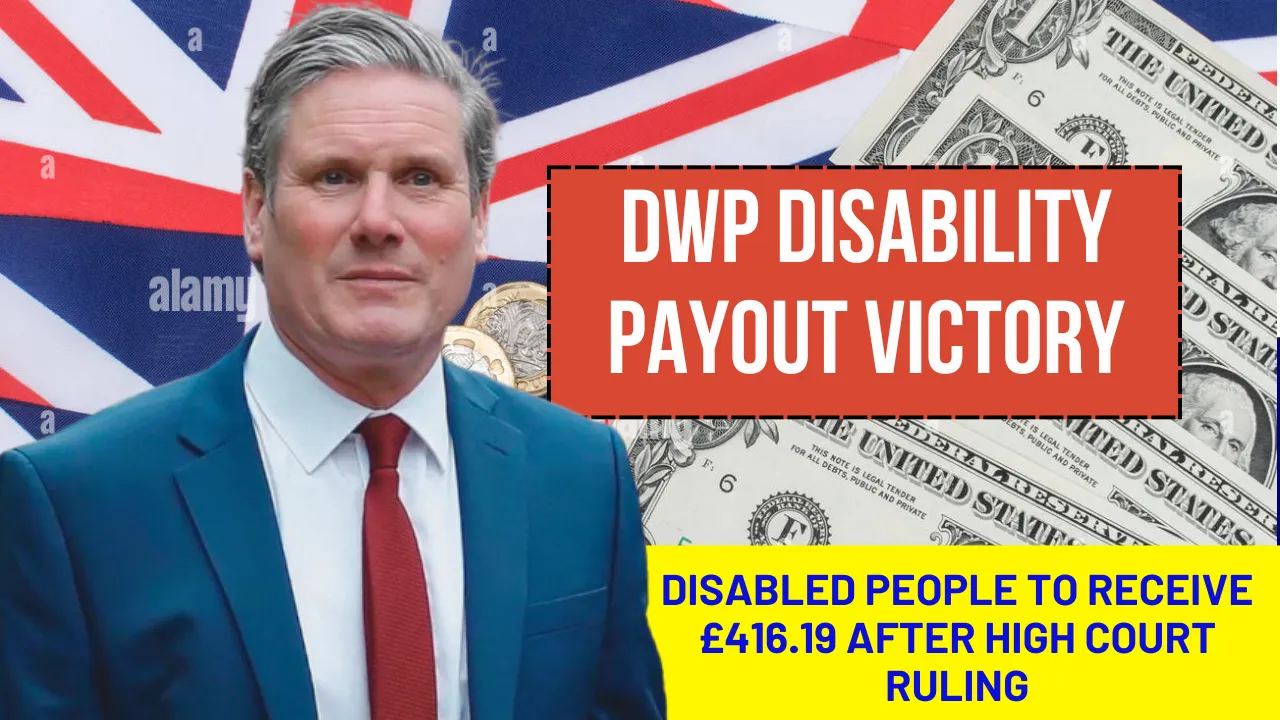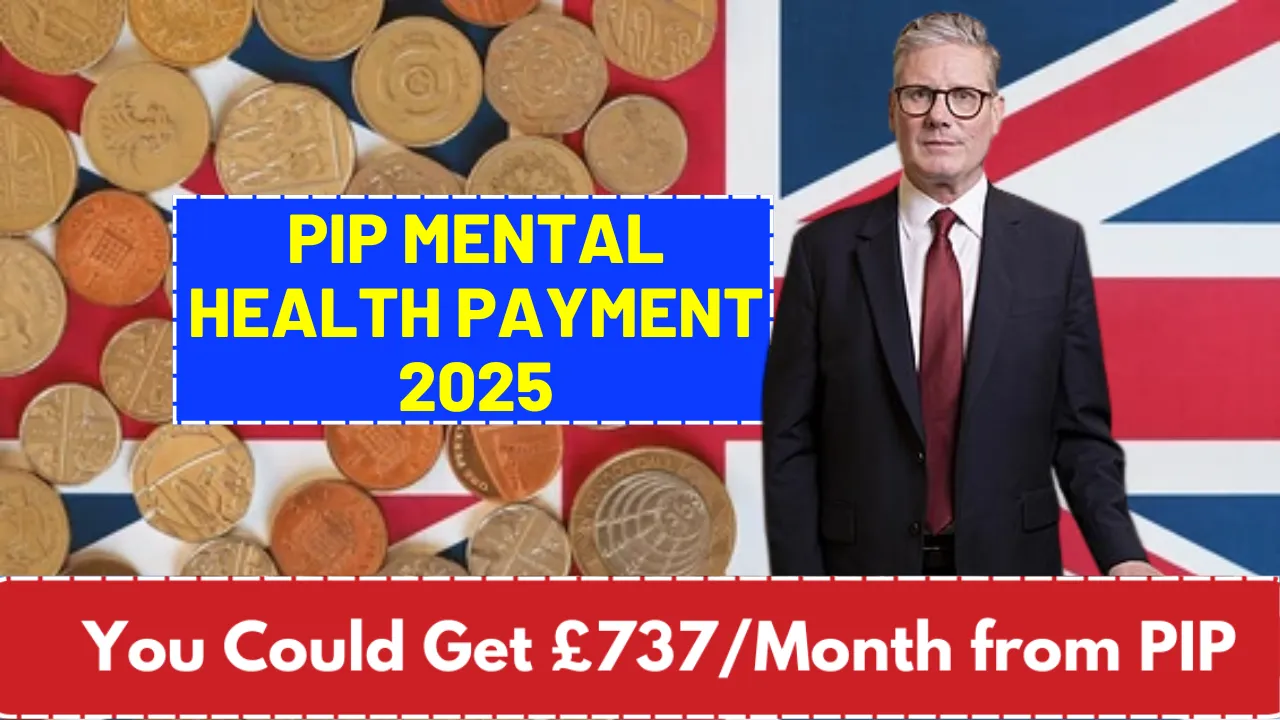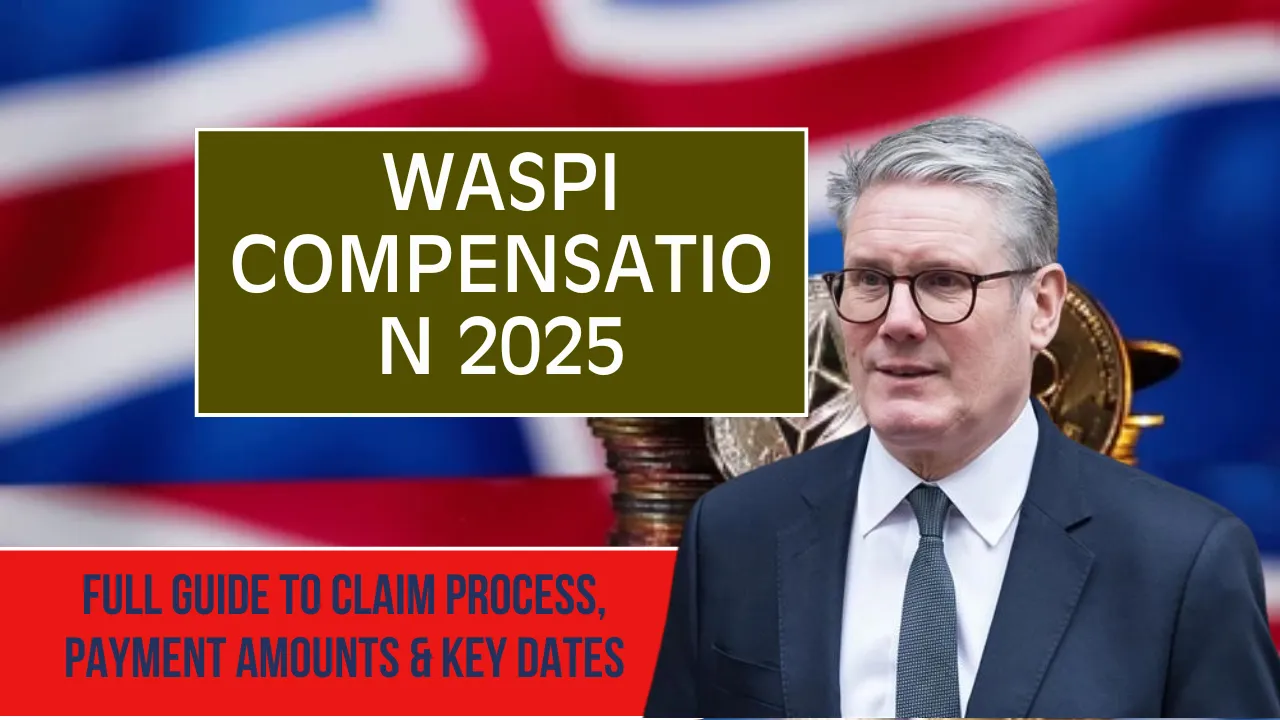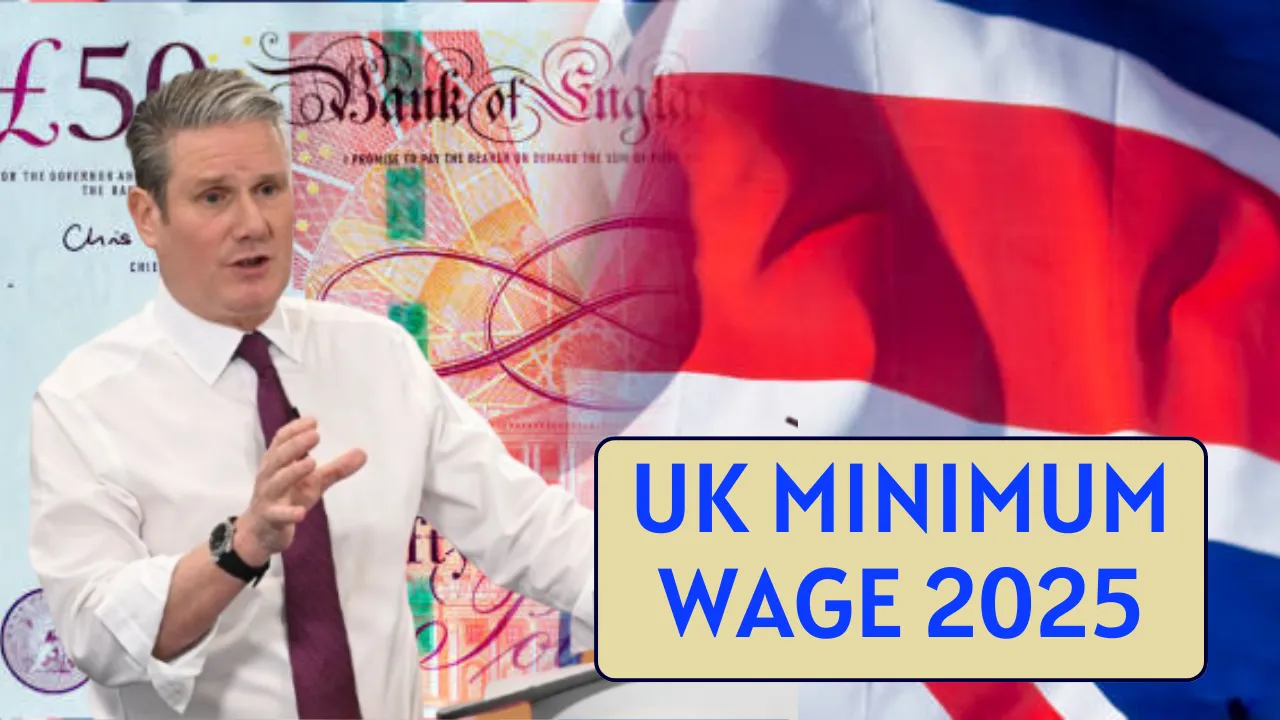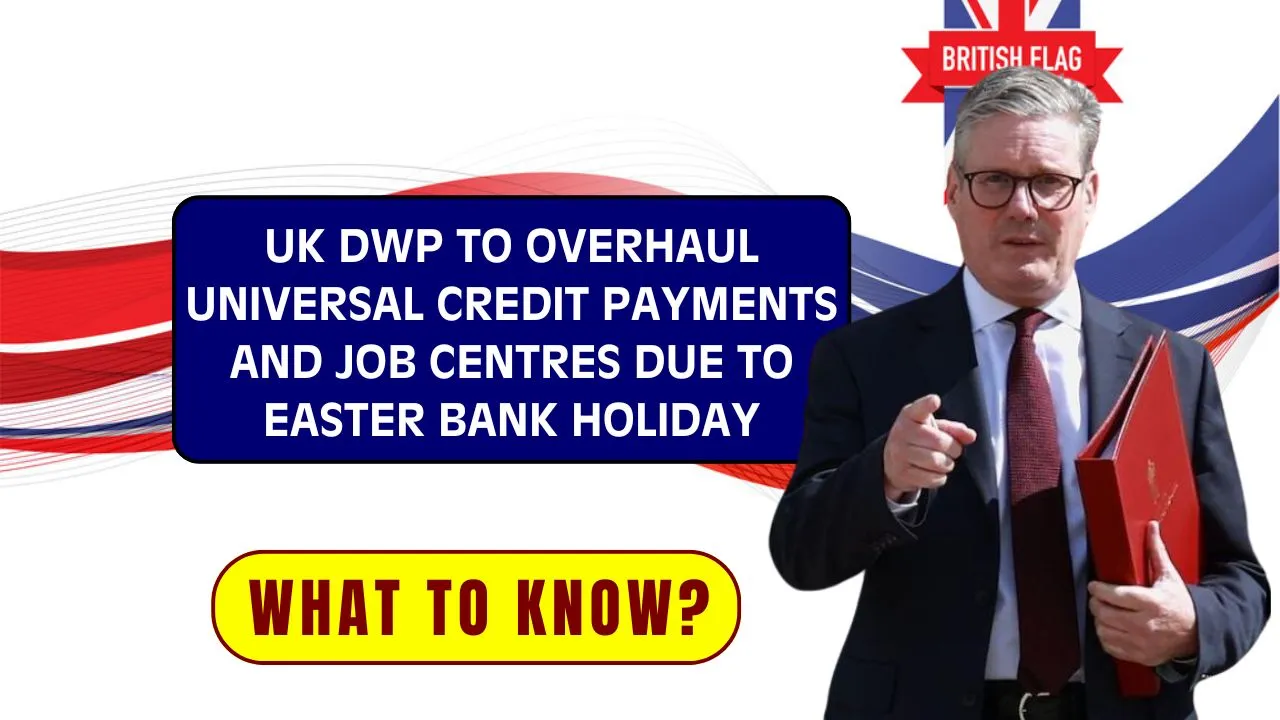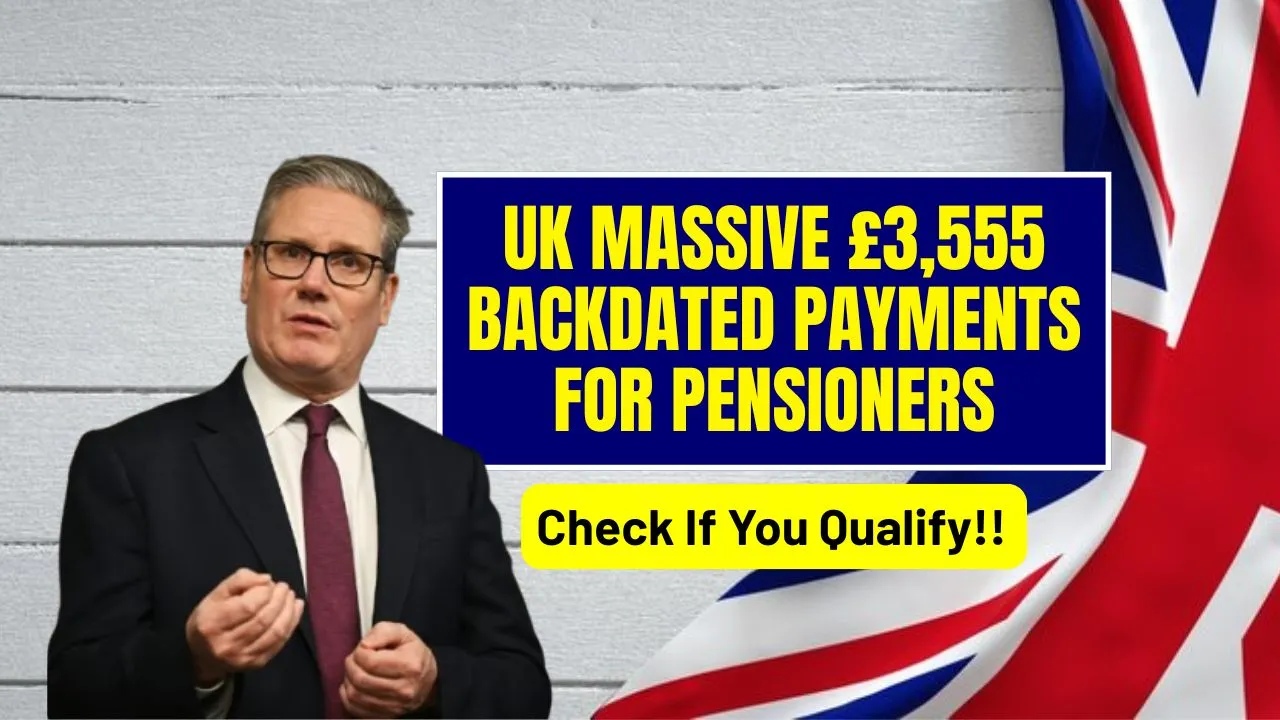DWP Disability Payout Victory: In a powerful win for disability rights, the High Court has ruled that the Department for Work and Pensions (DWP) acted unlawfully in its attempt to reform the Work Capability Assessment (WCA). The ruling protects hundreds of thousands of disabled individuals from losing crucial financial support—up to £416.19 per month. The reforms, originally intended to cut government spending, were found to be unfair, misleading, and lacking proper public consultation. As of April 2025, this legal judgment has become a landmark moment in holding government policy accountable to the people it affects most.
This article breaks down the High Court ruling, what it means for disabled individuals, and how it reshapes the future of disability support in the UK.
DWP Disability Payout: What the Ruling Means
The DWP Disability Payout refers to the safeguarding of monthly benefits—up to £416.19—that were at risk due to proposed reforms to the Work Capability Assessment system. The High Court ruling stopped the government from pushing these changes without full transparency and public involvement. For thousands, this outcome secures financial stability and ensures their voices will be heard in future policy development.
Overview Table – High Court Ruling on WCA Reforms
| Aspect | Details |
| Policy Targeted | Work Capability Assessment (WCA) reforms |
| Potential Financial Loss | £416.19 per month |
| People Affected | Up to 424,000 disabled individuals |
| Legal Challenge Led By | Ellen Clifford, supported by Public Law Project |
| High Court Finding | Consultation was unlawful and misleading |
| Outcome | Government must re-consult with full transparency |
| Next Step | Revised consultation process to begin in 2025 |
| Date of Judicial Update | April 2025 |
Background: What Prompted the WCA Reforms?
The Work Capability Assessment is used to determine eligibility for benefits such as Employment and Support Allowance (ESA) and the health-related element of Universal Credit. In September 2023, the DWP proposed changes that would tighten the criteria for these benefits—especially for those with mental health conditions, mobility issues, and long-term illness.
Though initially framed as a way to “help people into work,” internal documents later revealed that the motivation was largely to reduce benefit spending. The potential impact was severe: nearly 450,000 new applicants could have lost access to up to £416.19 monthly.
What Were the Proposed Changes?
The government planned to:
- Remove or redefine descriptors for mental health, fatigue, and mobility
- Replace voluntary support with mandatory job-seeking activities
- Tighten overall eligibility, potentially disqualifying those with chronic or invisible conditions
The Office for Budget Responsibility projected that 97% of affected individuals would lose significant income, while only 15,400 people would likely gain employment as a result of the reforms by 2029. This imbalance highlighted that the policy was more about cutting costs than improving outcomes.
The Legal Challenge: A Win for Disabled People
Disability rights activist Ellen Clifford, with legal backing from the Public Law Project, challenged the reforms. The High Court found several key flaws in the government’s process:
- The consultation was misleading—failing to clearly state the financial implications.
- The timeframe (8 weeks) was too short to allow meaningful feedback.
- Vulnerable voices were excluded, undermining the fairness of the process.
The court concluded that any changes impacting vulnerable populations must be consulted on transparently, with clear and honest communication.
How the Ruling Affects Disabled Individuals
This ruling effectively halts the rollout of benefit cuts that could have pushed thousands into poverty. Many of the individuals affected by the proposed changes already live with limited mobility, mental health conditions, or chronic illness. The ruling gives them the security of continued financial support while also setting a precedent for how government consultations should be handled in the future.
It also ensures that future decisions about disability benefits will need genuine input from the disabled community, not just bureaucratic analysis.
Government Response: Transparency Promised
In response, Work and Pensions Secretary Liz Kendall has pledged to restart the consultation process. The revised version will reportedly focus on:
- Greater inclusion of disabled individuals
- Clearer communication about the impact of reforms
- Longer consultation periods
- Collaboration with disability rights groups
While the DWP has not ruled out future changes to the WCA, any updates will now be subject to stricter legal and ethical standards.
Advocacy Groups: Time for Policy Co-Creation
Leading advocacy groups, such as Disability Rights UK, hailed the decision as long-overdue validation. They argue that policy decisions must be made with, not just for, disabled individuals.
These groups are now pushing for:
- Co-creation of future disability-related policy
- Direct representation of disabled people in government advisory roles
- Ongoing monitoring of DWP practices to ensure compliance
The hope is that this ruling marks a turning point in how disability support is designed in the UK.
Conclusion
The DWP Disability Payout ruling is more than just a block on benefit cuts—it’s a moment of legal accountability and social justice. It reflects the importance of inclusive policy-making and reinforces the idea that vulnerable communities must not be sidelined in decisions that deeply affect their lives.
As the government prepares to relaunch its consultation process in 2025, this ruling will serve as a benchmark for what fair, transparent, and inclusive governance looks like. For now, thousands of disabled individuals can breathe easier knowing that their £416.19 monthly support remains protected—thanks to determined advocacy and legal action.
FAQs About the DWP Disability Payout
What was the DWP trying to change?
The DWP proposed limiting access to support for people with physical and mental health challenges by altering WCA eligibility.
How much could people have lost?
Up to £416.19 per month, affecting over 400,000 people.
Why did the court intervene?
The court ruled the consultation process was misleading, rushed, and failed to inform the public of the full implications.
What happens now?
The government will launch a new consultation, ensuring proper engagement and transparency.
Who led the challenge?
Ellen Clifford, with legal assistance from the Public Law Project, spearheaded the legal case.
